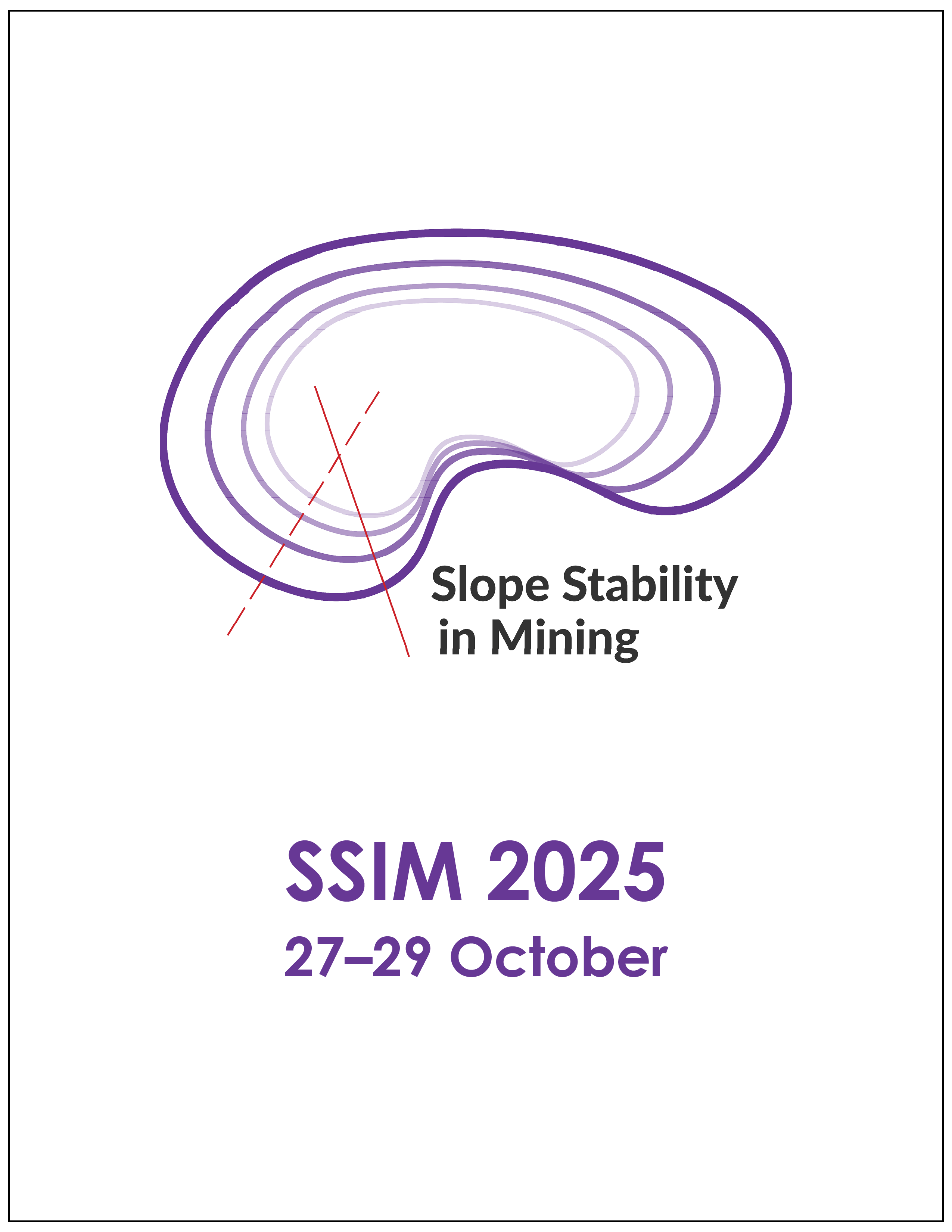Critical fault characterisation and modelling for geotechnical slope design at a large open pit gold and copper mine

|
Authors: Ramli, H; Lucas, D; Perez, C; Lalie, J |
DOI https://doi.org/10.36487/ACG_repo/2535_29
Cite As:
Ramli, H, Lucas, D, Perez, C & Lalie, J 2025, 'Critical fault characterisation and modelling for geotechnical slope design at a large open pit gold and copper mine', in JJ Potter & J Wesseloo (eds), SSIM 2025: Fourth International Slope Stability in Mining Conference, Australian Centre for Geomechanics, Perth, https://doi.org/10.36487/ACG_repo/2535_29
Abstract:
Phu Bia Mining Limited’s (PBM’s) Phu Kham gold and copper mine in the Lao People’s Democratic Republic (Laos) has been operating since 2008. An open pit approximately 2.2 km by 1.2 km has been developed, with excavated slopes up to 560 m high in mountainous terrain. The mine is structurally very complex, and to aid geotechnical design a detailed structural model was developed over several years by a consultant geologist. As the structural model evolved and became more complex, two issues emerged. One was that the model was overly complex, with numerous faults of interest to structural geology but only a few that were geotechnically significant. The second was that a specialist structural geologist was required to visit the site and provide updates on a campaign basis, making the model ill-suited to the rapidly changing mining environment. A process was developed for PBM’s site geotechnical team to manage a simplified model comprising only faults that are geotechnically critical. A process for mapping, modelling and recording structures critical to pit stability ensured that critical faults were continuously monitored and updated, allowing for proactive management of geotechnical risks. The first stage of development was to establish a standardised critical fault characterisation process to ensure consistency in fault identification, analysis, assessment of risks and mitigation strategies. The second stage involved a standardisation of the fault mapping and modelling process to ensure consistency and reliability. The third stage was to establish and maintain a database of critical faults confirmed through geotechnical drilling, historical failure, and in-pit and photogrammetry mapping. A simplified, fit-for-purpose Leapfrog fault model was produced by combining these elements. This enabled site geotechnical personnel to manage and update the database to enhance the accuracy and reliability of geotechnical assessments, leading to safer and more efficient mining operations.
Keywords: structural model, geological modelling, fault mapping, fault characterisation, geotechnical design, slope stability
References:
Backhouse, D 2004, Geological Setting, Alteration and Nature of Mineralisation at the Phu Kham Copper-Gold Deposit, Laos PDR,
PhD thesis, University of Tasmania, Hobart.
Leaman, P, Jarical, K, Villar, M & Libao, JB 2019, ‘The geology and mineralization of the Long Chieng Track (LCT) subvolcanic Au-Ag-Cu-Pb-Zn deposit, Lao PDR’, Ore Geology Reviews, vol. 106, pp. 387–402,
Solid Geology 2015, Structural Geology, Face Mapping and Fault Modelling of the Phu Kham Mine, Laos, Laos.
Soysouvanh, V, Ariffin, KS & Wantanabe, K 2016, ‘Ore mineralogy and geochemistry of the Phu Kham Porphyry Copper-Gold Deposit, hosted within the N-E fault zone, Lao PDR’, Procedia Chemistry, vol. 19 pp. 961–968,
Tate, NM 2005, ‘Geology model Phu Kham copper gold deposit, Lao Peoples Democratic Republic’, paper presented at Phu Bia Mining Ltd.
© Copyright 2025, Australian Centre for Geomechanics (ACG), The University of Western Australia. All rights reserved.
View copyright/legal information
Please direct any queries or error reports to repository-acg@uwa.edu.au
View copyright/legal information
Please direct any queries or error reports to repository-acg@uwa.edu.au

